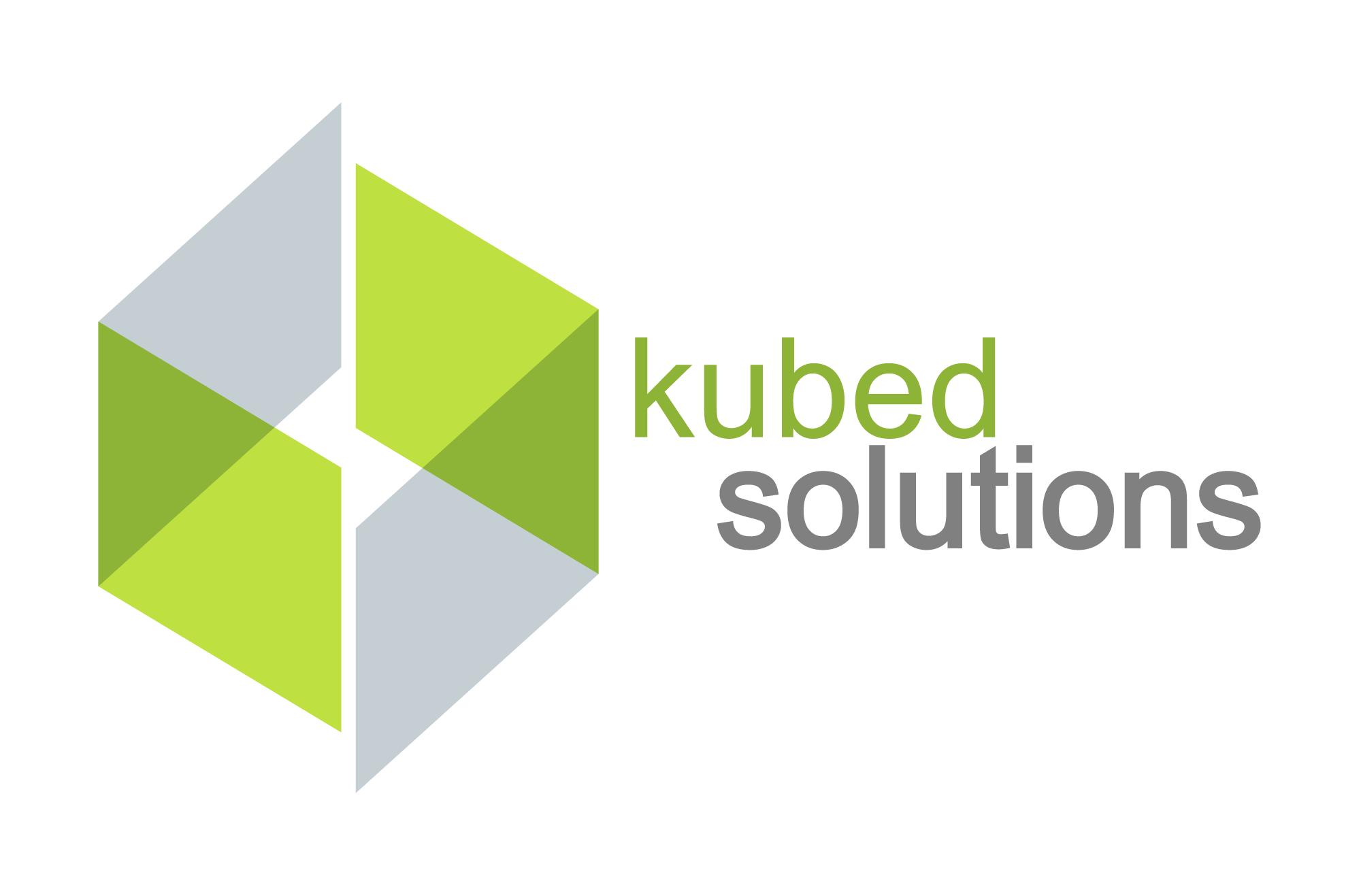Budgeting is a crucial aspect of every business. Here's the right way to budget for your company's IT needs.
As a business owner, you have a lot on your plate. You're busy trying to grow your company, keep up with the latest trends in tech, and make sure everyone's working efficiently and effectively.
IT budgeting isn't exactly something that comes naturally to most people as the focus is often on what needs replacing immediately for business continuity rather than planning for tomorrow's needs.
Whether you're a small business owner or the CIO of a large corporation, one of your most important responsibilities is to manage your organization's IT budget. You have many factors to consider when setting this number, including what functions and applications are needed to support your company's employees and operations.
One of the most common mistakes that we see companies make with their IT budgets is underestimating how much money they'll need for new hardware and software, or not accounting for necessary upgrades down the road.
Before you put together an IT budget for next year (or if this article inspires you to think about a new one), get ready by learning all you can about how much it should cost in order to keep your staff happy while remaining profitable.
IT Budgeting 101
IT budgeting is a process, not a once-a-year event. When you create an IT budget, you'll be able to better predict how much money your business needs in order to operate efficiently and meet its goals efficiently. You'll also know what elements of this process are working well, as well as where improvements can be made.
The purpose of IT budgeting is to plan ahead, so that you can:
- Identify and prioritize critical IT projects based on business needs
- Reduce the risk of project failure through effective project management
- Ensure that there are funds available to account for potential hardware failures
How much should you spend on IT?
One of the most important factors in determining how much to spend on IT is how much your company needs it. For example, if you're a small business with a handful of employees and no real need for robust data storage or complex applications, then your technology budget should be relatively modest. But if you have dozens or even hundreds of employees—or if running an online store means having thousands and thousands of customers—then investing more money in technology could make sense.
The other major factor that determines the cost of IT is the cost of downtime for the company. If you're a small business, you may be able to get away with 8 hours of downtime while a temporary server is setup and backups restored to it in the case of failure. If you're a thriving manufacturing company, even an hour of downtime could cause huge financial losses.
Finally, don't forget about potential costs like insurance on hardware, maintenance contracts (which can vary greatly depending on what kind of equipment), software licensing renewals, and user education/training when planning these budgets.
Pay for the quality & functionality that your business needs
As a business owner, it's important to be cognizant of the quality of your purchases. While you may want to save money in the short term, buying a cheaper product with fewer features can actually cost you more in the long run. For example, if you choose a lower-end laptop, you'll find that they're not as robust and may require repair or replacement on a more frequent basis, quickly eating into your proposed budget.
Instead, buy the best product you can afford and choose one that meets your needs as well as fits within your budget constraints without sacrificing on functionality or quality. That way when it comes time for replacement or upgrade (if necessary), there won't be any surprises when finding out what will fit those criteria best!
It is possible to set an IT budget that's perfect for your business
The first step to creating an IT budget is to plan ahead. You need a plan that clearly defines what you want and how much it will cost, so your business can effectively buy what it needs without overspending.
Rather than just a wish list of items, consider the budget as a tool to prioritize your IT objectives and validate that your monetary investment matches your strategic goals. Expensive on-premise infrastructure costs may support a move toward cloud infrastructure, just as excessive employee overtime expenses might justify additional hiring.
Instead of looking at the budget solely as an administrative process, regard it as a validation and support tool for your IT strategy. If you don’t have a formal or informal IT strategy in place, the budgeting process is as good a place as any to start investigating areas for improvement that will be cornerstones of your first attempts at more strategic IT management.
5 key takeaways
- Make sure you have a budget that works for your business.
- Plan for the businesses' immediate needs as well as those for the foreseeable future.
- Know what you are getting for your money.
- Don't overspend on IT, but don't skimp on quality either!
- Don't be afraid to ask for help.

